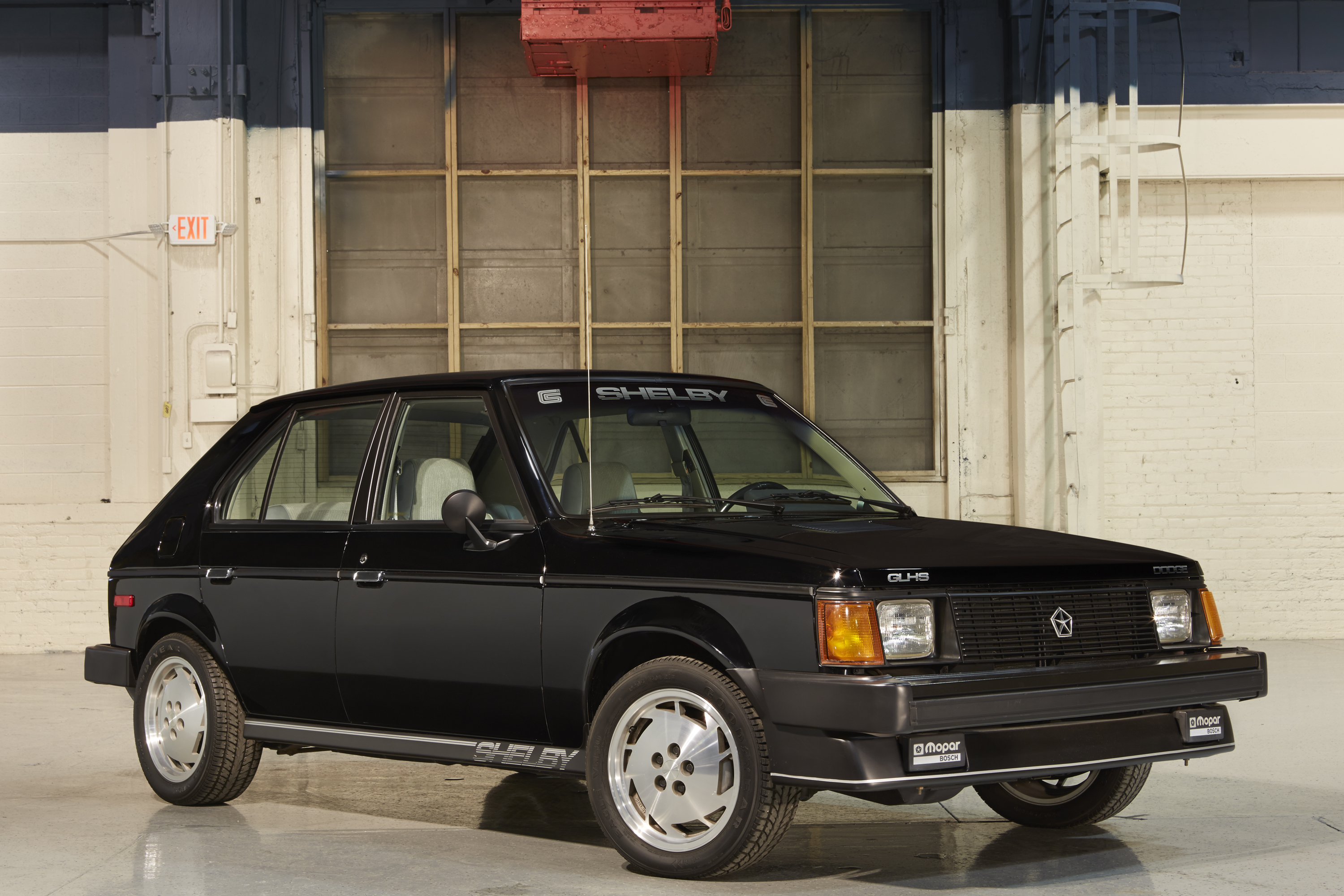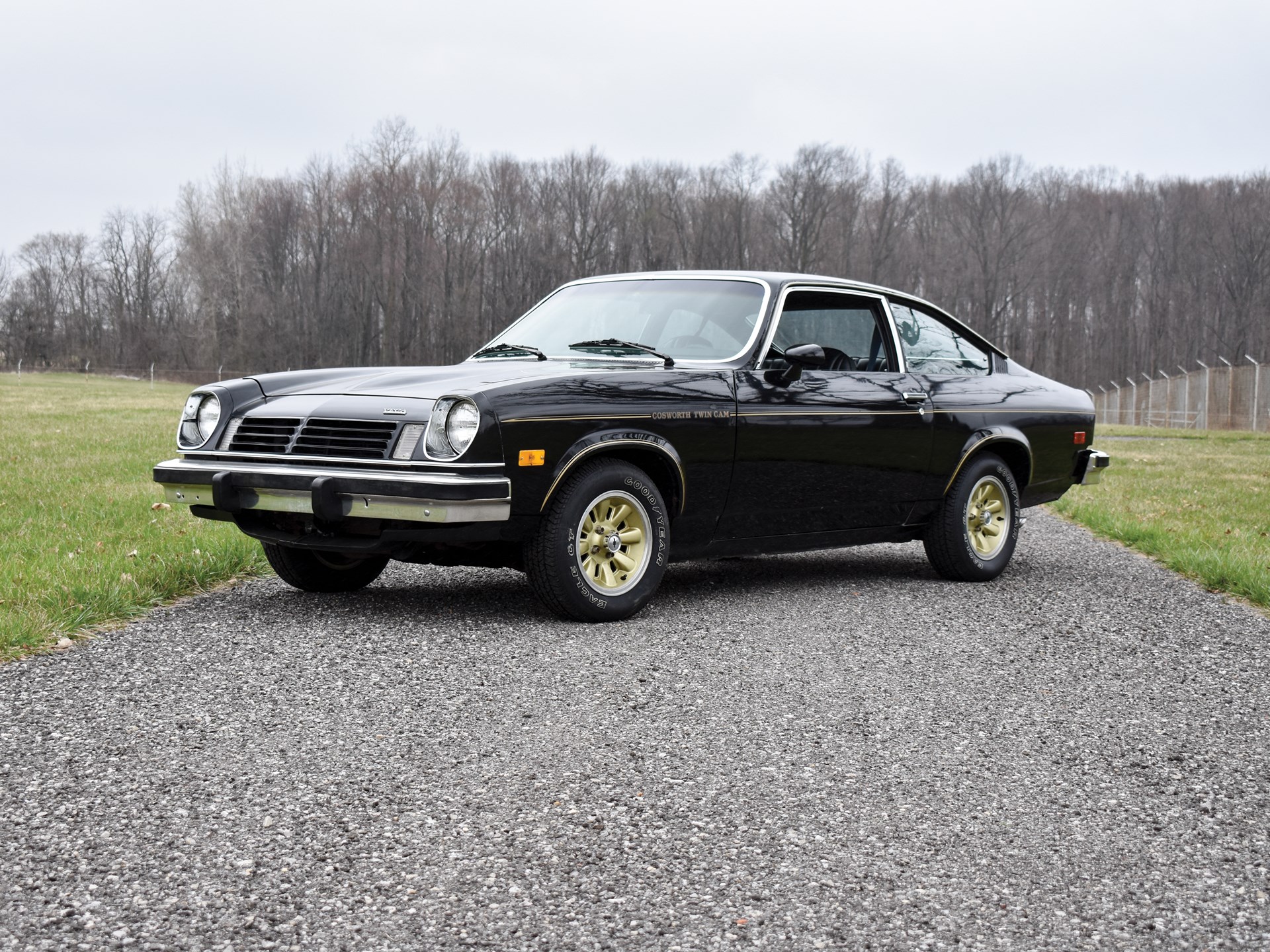Media | Articles
3 factory-made American sleeper cars
Until fairly recently, most American economy cars wouldn’t be anyone’s first choice for cheap, reliable transportation. An average econobox made in the 1980s used to move bags of potting soil around until the engine block cracked and then it was relegated to a fate of being pushed into the quarry where teenagers would, for the rest of eternity, shoot at it with pellet guns. The lineup of budget-minded American cars from the mid-1970s until the late ‘90s is mostly a depressing trip back in time, but when it comes to a few of the performance variants, some diamonds in the rough exist. These factory-bred sleepers were familiar enough that they didn’t draw unwanted attention, but capable enough to actually hold a candle to purpose-built sports cars. Here are three bargain models that had the right idea.
Dodge Omni GLH-S (1986)

Birthed out of a design from Chrysler Europe, the Dodge Omni rolled onto the American car scene with little fanfare. Although it issued in new era of Chrysler with Lee Iacocca at the helm, Omnis ended up being passed on to the less responsible grandchildren because “grandma’s getting a little older and we need something safe for her.” Carroll Shelby, a friend of Chrysler head Lee Iacocca, got a hold of the humble Omni, slapped a turbocharger and intercooler on the 2.2-liter four-cylinder and the Dodge Omni “Goes Like Hell S’more” (GLH-S) was born. With the new Chrysler Turbo II setup, the GLH-S made 176 horsepower and weighed a scant 2205 pounds. This Uber-Omni could rocket itself from 0-60 mph in around 6.5 seconds. A C4 Corvette from the same year went from 0-60 mph at 5.8 seconds, for reference. And even with its big 5.7-liter V-8 under the hood, the ‘Vette only managed to make 230 horsepower. Unfortunately, there were only 500 GLH-Ss ever made. It was too good for this world.
Ford Taurus SHO (1989-1991)

The early Ford Taurus from the late 80s will forever be remembered as Robocop’s squad car. While I greatly respect Robocop’s contributions to the law enforcement community, the Taurus isn’t as famous today, despite the fact that it was an extremely successful hit for Ford at the time. As far as power went, the base-model Taurus was somewhere between “weak” and “sorry.” A regular Taurus was mostly fine for Aunt Linda and her cat, Ruffles.
Marketplace
Buy and sell classics with confidence
Yamaha thought the Taurus was destined for greatness. Ford and Yamaha developed a new 3.0-liter V-6 for the lowly sedan. That 220-hp engine debuted in the new, angry Ford Taurus SHO (Super High Output). The SHO could launch itself to 60 mph in just about 7 seconds—quick now and damn impressive for almost 30 years ago. Compare that to a base Dodge Stealth from the same time: That sad-looking spaceship made 164 hp and went to 60 in around 8 seconds. Either the Stealth was every bit as disappointing as the movie Stealth or the SHO was a monster passing itself off as a sedan. (It’s probably a combination of both.)
Chevrolet Cosworth Vega (1975-1976)

Chevy’s humble Vega was GM’s attempt to combat rising fuel costs with a compact car that was available in just about any shape the buyer wanted. The “Malaise Era” of American cars was in full swing and the Vega was an unfortunate casualty. While adorably retro-looking today, the base Vega left much to be desired, with problems relating to just about every element of its construction.
John DeLorean approached Cosworth, the legendary English tuning house, which thought it could fix at least a few Vegas. Cosworth’s custom head brought the engine to 290 hp thanks to dual overhead cams and twin Weber carbs, but it proved too much for the Vega block to handle. By the time a detuned version finally passed emissions, it had switched to fuel-injection and was putting out a wheezy 110 hp. The car was initially available in handsome black with gold trim, making the Cosworth Vega (depending on who you ask) striking or stupid. While the base Chevy Vega could be purchased for a few cigarettes and a scratch-off lottery ticket, the Cosworth variant was only a few hundred dollars cheaper than a new Corvette.
Just over 3500 Cosworth Vegas rolled off the line. It weighed 2505 pounds and was largely praised for its neutral handling characteristics and raw-sounding soundtrack. Still, the Cosworth Vega took 10-ish seconds to hit 60 mph and was more than anything else evidence of how much GM and Cosworth left on the table. Ford’s efforts at the time weren’t much better, to be fair. The Mustang II King Cobra had a lazily tuned 302-cubic-inch V-8 that made somewhere around 130 horsepower. Speed wasn’t much better as it took a glacial 11 seconds to reach the speed limit on most highways. I doubt the Malaise-Era is going to have any Radwood-style revivals anytime soon. That might be a good thing.
The next time a high-school guidance counselor pulls up next to you at a stoplight in a wheezing old economy sedan, don’t immediately write them off. There’s a slim chance they’re driving a factory-made sleeper car capable of making you look like a doofus, if you didn’t know what you were dealing with. Sometimes you can in fact put lipstick on a pig.



